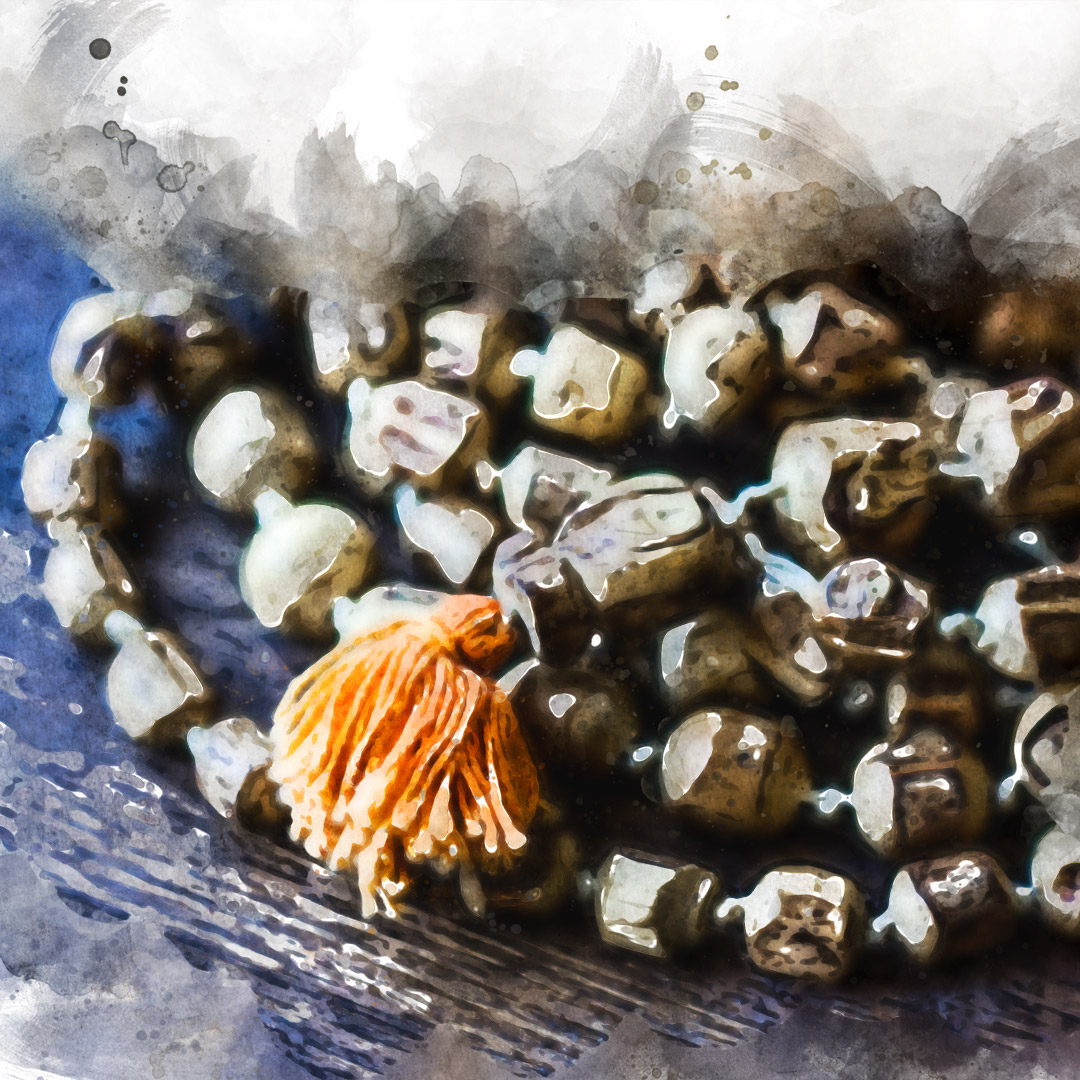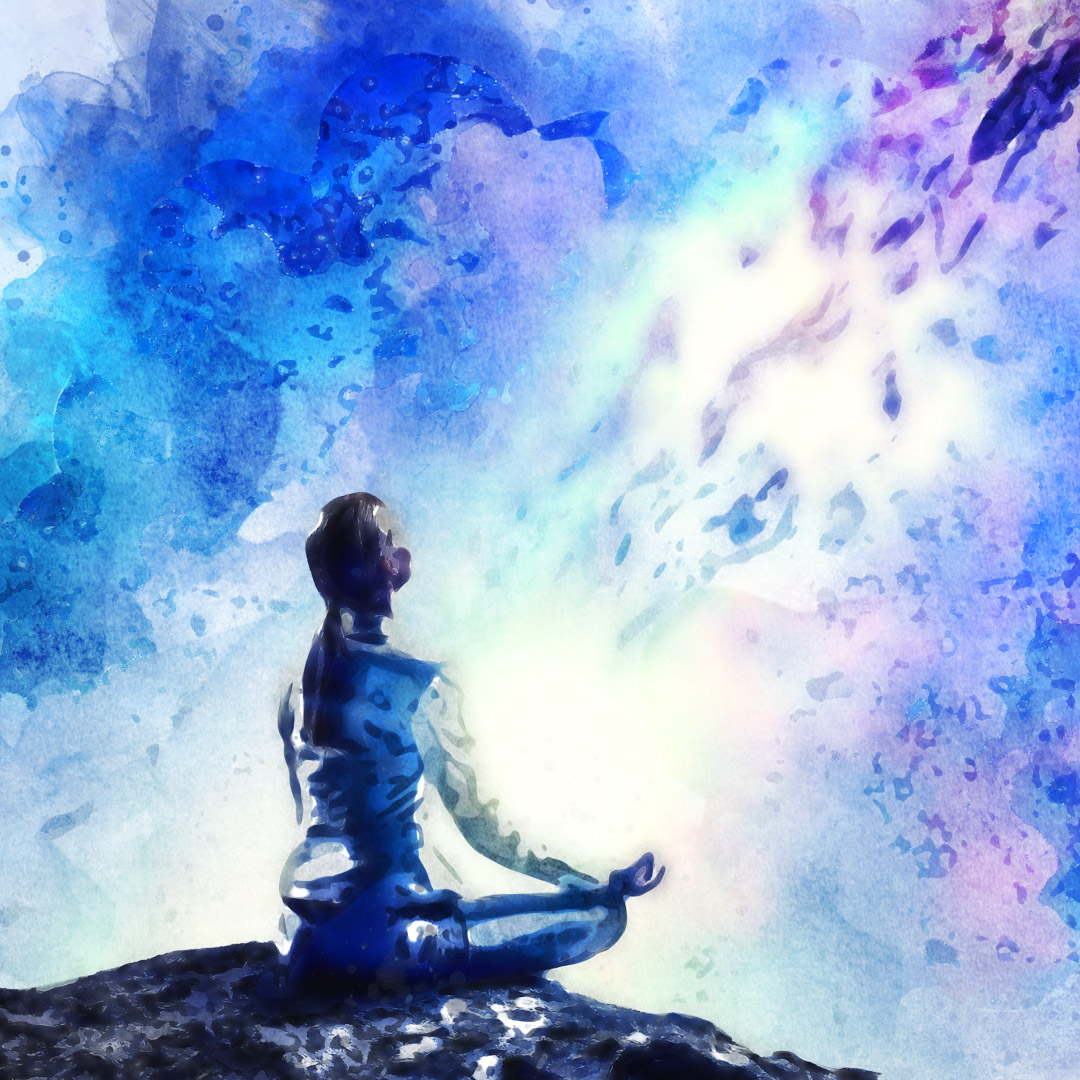Sanskrit is an ancient Indo-Aryan language. The oldest documents found written in the Sanskrit language are the Vedas, which academics generally believe was written during approximately 1500 BCE. The documents, including Rigveda (a composition of verses), were written in what is known as the Vedic Sanskrit. It originates from the northwestern part of the Indian subcontinent.
During the 6th–5th century BCE, an Indian grammarian named Panini composed commentarial literature known as the Eight Chapters. It was written in a language close to Vedic Sanskrit and it is known as the Classical Sanskrit. Panini is known for his work with philosophy and semantics of language, and his use of the Sanskrit language is considered to be one of the finest works of grammar ever produced. Since then, Sanskrit has had a considerably long history. During this time, the language has been written in multiple scripts, the primary one of which is Devanagari. The other significantly used regional scripts are Bangla, Sarada, Grantha alphabet, and Gujarati.
Apart from in the Vedas, Sanskrit was used to create some of the most important works of poetry and drama, even though the dates of their creations are not clearly known. The Sanskrit language was also used to create some of the major documents of treatises of several philosophical schools, astronomy, logic, and mathematics.
Grammatically, the Sanskrit language is similar to Latin and Greek languages. Structurally, it contains feminine, masculine, and neuter genders; plural, dual, and singular numbers; nominative, instrumental, accusative, dative, genitive, ablative, and locative syntactic cases along with pronouns, nouns, and adjectives. The language was not only used in Hindu compositions but also in Mahayana Buddhism and Jainism. Even though it is a classical language, the Constitution of India considers Sanskrit an official language, too. The use of the language can still be found in literary, scholarly, and technical media works.
However, the power of expression is not the only strength Sanskrit language possess. According to many scholars and teachers(1) such as Paramahansa Yogananda, Vyass Houston; Sir John Woodroffe, David Frawley, Thomas Ashley-Farrand, and others, the fifty alphabets of the Sanskrit language are correlated to the fifty concentrations of energy located in the first six Chakras along the human spine.
50 Sanskrit alphabets and their relation with the chakras
The Yoga Upanishads (600 B.C.) describes chakras as the method of movement of the energy in our body. In his book, Chakras: Energy Centers of Transformation, Harish Johari explains that elements like earth, air, fire, and water creates energy which move through the Chakras, and creates psychic states. There are seven chakras in the body and they relate to different abilities of health; the chakras are believed to correspond with our major organs and nerve centers.
The first six chakras in the body are Muladhara, Svadhisthana, Manipuraka, Anahata, Vishuddhi, and Ajna, located from the base of the spine to the eyebrows. Thomas Ashley Farrand informs that the fifty petals or concentrations of energy located on the chakras correspond to the sound of the fifty Sanskrit alphabets. According to the Upanishads, a sacred Vedic text, spiritually skilled people can even “see” the fifty alphabets on the petals. The petals can be vibrated with spiritual response with the use of Sanskrit mantras due to the pronunciation of the alphabets.
To fully understand the effects of Sanskrit mantras on our body and our spiritual physiology, the relationships between the alphabets and the petals have to be studied. In his book, God Talks With Arjuna : The Bhagavad Gita(2), Paramahansa Yogananda informs that each vibration of the fifty sounds of the Sanskrit alphabets is connected to a specific petal located on the chakras. These vibrations are believed to be responsible for many physiological and psychological activities in the body.
In the book Sonic Theology: Hinduism and Sacred Sound(2), scholar Guy L. Beck informs that Purnananda Swami has taught in The Satcakra-Nirupana (his conclusive text on Kundalini Yoga) how each chakra holds a specific number of lotus petals, which are associated with their respective Sanskrit alphabets.
Every chakra is to be considered as a lotus made of multiple petals. It is believed that the Root Chakra has four petals, Svadhisthana (Second Chakra) has six petals, Navel Chakra has ten petals, Heart Chakra has twelve petals, Throat Chakra has sixteen petals, and the Third Eye Chakra has two petals. These fifty petals represent the fifty alphabets of the Sanskrit language.
However, despite being mentioned in historically significant texts, and taught by both ancient and modern scholars, the influence of the Sanskrit alphabets on the chakras are not yet widely known or practiced.
Chakra petals and the pronunciation of the associated Sanskrti alphabets
- Throat Chakra: aṁ, āṁ, iṁ, īṁ, uṁ, ūṁ, ṛṁ, ṝṁ, ḷṁ, ḹṁ, eṁ, aiṁ, oṁ, auṁ, aṁ, and aḥ
- Heart Chakra: kaṁ, khaṁ, gaṁ, ghaṁ, ṅaṁ, caṁ, chaṁ, jaṁ, jhaṁ, ñaṁ, ṭaṁ, and ṭhaṁ
- Navel Chakra: ḍaṁ, ḍhaṁ, ṇaṁ, taṁ, thaṁ, daṁ, dhaṁ, naṁ, paṁ, and phaṁ
- Svadhisthana (Second Chakra): baṁ, bhaṁ, maṁ, yaṁ, raṁ, and laṁ
- Root Chakra: vaṁ, śaṁ, ṣaṁ, and saṁ
- Third Eye Chakra: Haṁ and Kṣhaṁ
Relation of the chakras to the mind and body
According to a research article(3), chakras have the potential to effect physiological function similar to how the practice of yoga affects the human body. The word chakra means wheel in Sanskrit. Chakras refer to the seven centers of energy located in our body, each responsible for the well-being of specific organs and nerve bundles. The human body has seven main chakras, which need to stay in balance or be open to provide you with great mental and physical health. The first chakra is located at the base of the spine and the last one is located on the crown.
These seven chakras are the Root chakra, Sacral chakra, Solar plexus chakra, Heart chakra, Throat chakra, Third eye chakra, and Crown chakra. Each chakra has a specific purpose. Read on to learn about them in details.
- Root chakra
The root chakra (Muladhara) is located at the root of the spine and it offers a foundation for your life. The chakra also helps you face challenges successfully and keeps you grounded. When the chakra is open, it offers a sense of stability and security.
- Sacral chakra
The sacral chakra (Svadhisthana) is positioned just below the bellybutton. This chakra helps you with a strong energy of creativity and sexuality. Additionally, the chakra is also associated with your ability to relate to emotions of others and your own.
- Solar plexus chakra
The solar plexus chakra (Manipura) is located in the stomach area. This powerful chakra is capable of offering you self-respect and confidence. It also does the very important job of helping you believe that you are in control of your life.
- Heart chakra
As the name suggest, the location of the heart chakra (Anahata) is near the heart. Its exact location is the center of the chest, and the chakra can help you with the strengthened ability to feel compassion and love.
- Throat chakra
The throat chakra (Vishuddha) is positioned in the throat. The chakra provides you with the skill to use your vocals to communicate better with other people.
- Third eye chakra
The third eye chakra (Ajna) is one of the most important ones. It is located between the two eyes and it helps to improve your intuition. If you have great gut instinct, this chakra is to be thanked as it strengthens the third eye. The chakra can also help widen your imaginative power.
- Crown chakra
The crown chakra (Sahasrara) resides on the top of the head, also known as the crown. This is an essential chakra in terms of your spiritual linking to the universe, other people and yourself. The chakra is also responsible for playing an important role in the purpose of your life. Balancing this chakra also helps you to balance all the other six chakras.
Importance of keeping the chakras open
According to a scientific paper(4), the five senses in the body are empowered by what is known as the “Subtle Energy”, which enters our body through the chakras. When the Subtle Energy enters the body, it changes its form and become an energy that our bodies use at the cellular level. Hence, the chakras can be considered as the door through which energy enters us. That is why it is necessary that our chakras stay open at all times.
If the chakras are blocked or are out of balance, it can have negative effects on your mind and body. For example, if the energy in root chakra is too low, it can lead to insecurities and depression. However, if the chakra is overactive, it can make people more risk-taking without considering the consequences. When a chakra is blocked or imbalanced, it can cause you both psychological and physical disturbance. Depending on the location of the blocked chakra, the organs, tissues, bones, and joints nearby can become weaker. The out-of-balance chakras can also cause emotional instabilities such as excessive fear, anger, sadness, indecisiveness, or more.
According to a research article(5), Agnihotra Yajna has the potential to balance your chakras as it is able to minimize entropy. Other than that, you can also balance or unblock the chakras by meditating, improve the flow of energy with breathing, and practicing yoga. The ritual utilizes specific sacred sounds with healing potentials, which we offer. Through energy healing, you can align your chakras and lead a healthy, satisfying life both physically and emotionally.
What’s next?
Do you constantly feel that your physical and emotional health is constantly out of balance? This might be because a few of your seven core chakras are blocked. Ruhgu app offers a vast collection of sacred sounds and music that can help you calm your mind and bring balance to your chakras.
References
- Sanskrit and the Chakras: http://www.mantravijaya.com/uploads/1/0/9/0/10908678/sanskrit_and_the_chakras.pdf
- God Talks With Arjuna: The Bhagavad Gita (Self-Realization Fellowship, Los Angeles, Calif.)
- Sonic Theology: Hinduism and Sacred Sound: (Page 129)
- Zygon: Journal of Religion and Science: https://www.researchgate.net/publication/227917284_The_Physiological_Foundation_of_Yoga_Chakra_Expression
- Hindawi Journal: https://www.ncbi.nlm.nih.gov/pmc/articles/PMC1142191/
- Journal of Acupuncture and Meridian Studies: https://pubmed.ncbi.nlm.nih.gov/28483188/






